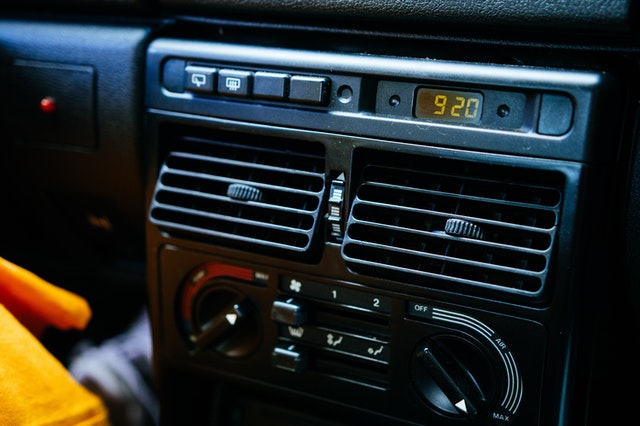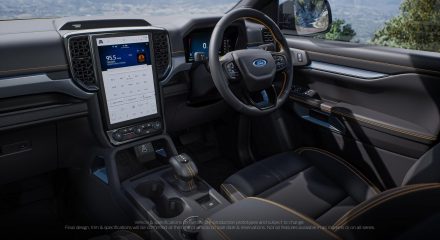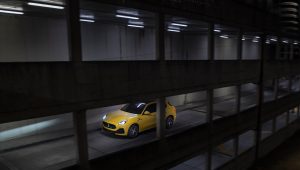How airflow in cars affects COVID-19 transmission

A new study on airflow patterns inside a car’s passenger cabin has resulted in some suggestions that may potentially reduce the risk of COVID-19 transmission while sharing rides with others. Conducted by a team of researchers from Brown University, the study makes use of computer models to simulate the airflow inside a compact car with various combinations of opened and closed windows.
The simulations showed that opening windows — the more windows the better — created airflow patterns that dramatically reduced the concentration of airborne particles exchanged between a driver and a single passenger.
Further evidence suggests that blasting the car’s ventilation system doesn’t circulate air as well as open windows do.
“Driving around with the windows up and the air conditioning or heat on is definitely the worst scenario, according to our computer simulations,” says Asimanshu Das, a graduate student in Brown’s School of Engineering and co-lead author of the research. “The best scenario we found was having all four windows open, but even having one or two open was far better than having them all closed.”
The researchers also, however, concluded that there is no way to eliminate the risk completely.
The computer models used in the study simulated a car with two people inside. These included a driver and a passenger sitting in the back seat on the opposite side from the driver.
The researchers chose that seating arrangement as it maximises the physical distance between the two people. The models simulated airflow around and inside a car moving at 50 miles per hour, as well as the movement and concentration of aerosols coming from both driver and passenger. Aerosols are tiny particles that can linger in the air for extended periods of time. They are believed to be one way in which the SARS-CoV-2 virus is transmitted.
“Part of the reason that opening windows is better in terms of aerosol transmission is because it increases the number of air changes per hour (ACH) inside the car, which helps to reduce the overall concentration of aerosols,” the study reads. “But ACH was only part of the story.”
The study also showed that different combinations of open windows create different air currents within the car that could either increase or decrease exposure to remaining aerosols.
“The simulations for scenarios in which some but not all windows are down yielded some possibly counterintuitive results. For example, one might expect that opening windows directly beside each occupant might be the simplest way to reduce exposure. The simulations found that while this configuration is better than no windows down at all, it carries a higher exposure risk compared to putting down the window opposite each occupant,” the study reads.
“When the windows opposite the occupants are open, you get a flow that enters the car behind the driver, sweeps across the cabin behind the passenger and then goes out the passenger-side front window,” says Kenny Breuer, a professor of engineering at Brown and a senior author of the research. “That pattern helps to reduce cross-contamination between the driver and passenger.”
“This is the first study we’re aware of that really looked at the microclimate inside a car,” Breuer says. “There had been some studies that looked at how much external pollution gets into a car, or how long cigarette smoke lingers in a car. But this is the first time anyone has looked at airflow patterns in detail.”
“This is really a great example of how different disciplines can come together quickly and produce valuable findings,” Das adds.







